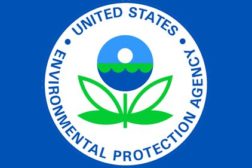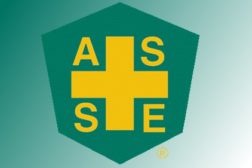Environmental Health and Safety
Agency begins process to address potential human health risks
Read More
A houseboat hazard you didn’t think of: carbon monoxide
Without emission controls, levels are well above IDLH
June 27, 2014
Making the ROI case for safety
Webinar on Thursday explains gas detection, bottom line
June 26, 2014
From Work in Progress, the official blog of the U.S. DOL
Weather Forecasters: Summer’s Unsung Heroes
June 24, 2014
Become a Leader in Safety Culture
Build your knowledge with ISHN, covering key safety, health and industrial hygiene news, products, and trends.
JOIN TODAYCopyright ©2025. All Rights Reserved BNP Media.
Design, CMS, Hosting & Web Development :: ePublishing







